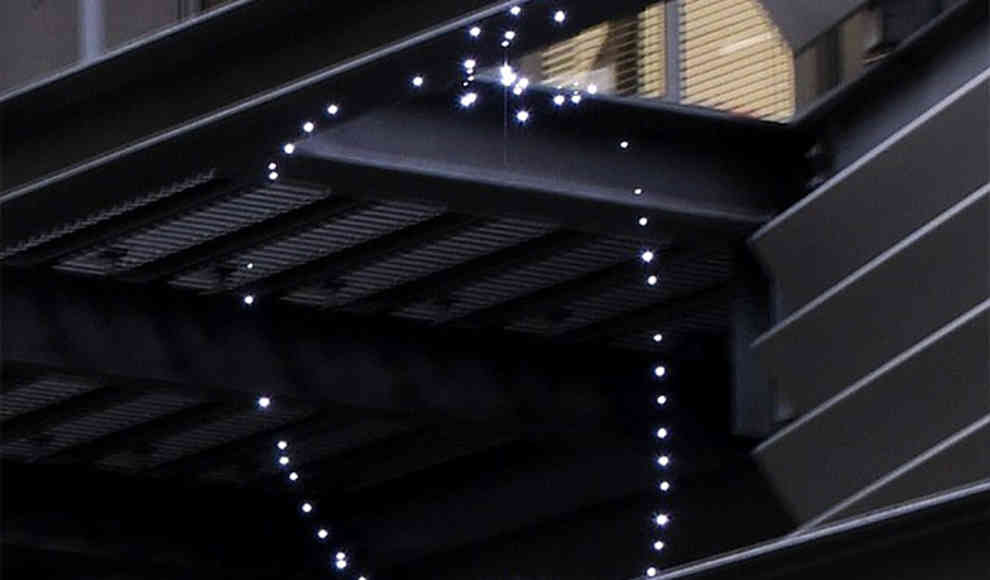In a groundbreaking development, a Japanese company has created a new laser technology that can project seemingly floating objects in the air. Unlike traditional laser projectors that could only direct light beams onto a specific visible target, this new display is revolutionary and spectacular. The holograms, made up of individual reflective points, appear to be floating in the air and are completely different from the previously known laser projections. The technology uses individual molecules in the air to create the illusion of floating objects.
Burton, the Japanese company behind this new technology, collaborated with the Science Museum in Tokyo to showcase this unique product. The lead researcher at Burton, Akira Asano, explained that the technology works by concentrating light on a point in the air, similar to how a magnifying glass focuses sunlight. The concentrated light beam is then directed to a specific point in the air, and the laser is triggered hundreds of times per second, causing small explosions of air molecules that create the glowing and reflective air image. A second beam, a directional beam, is used to create the desired movements in the air, allowing for the creation of three-dimensional light objects.
The technology has a wide range of potential applications, including in the transportation sector and for public information purposes. For example, information about traffic conditions or disaster warnings could be displayed in the air, regardless of location or time of day. The technology could also be used for commercial purposes, such as holographic advertising. The system is mobile and can be used from a car, making it possible to implement various types of holographic advertising campaigns. The system is currently capable of projecting up to five meters, but Burton is optimistic that it can be doubled to ten meters with further development.
In conclusion, this new laser technology is a game-changer in the world of holographic displays. It has the potential to revolutionize the way we receive information and interact with our surroundings. The technology is already market-ready, and discussions with other companies and municipal governments are set to begin next year.










